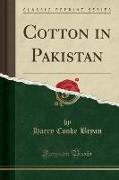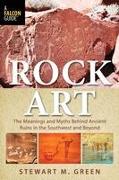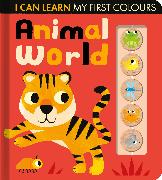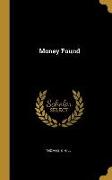Cotton in Pakistan (Classic Reprint)
BücherAngebote / Angebote:
Excerpt from Cotton in PakistanThe Pakistan cotton industry, with production having remained almost static over the past 4 years, is at a crossroad. It must choose between remaining a major raw cotton exporter at the expense of domestic consumption, allowing the rapidly expanding textile industry to absorb an increased share of domestic production, or satisfying both needs by sharply expanding cotton production.Currently, the latter alternative appears to hold the upper hand, with industry leaders confident that the country will expand cotton production sufficiently to remain a major exporter.The Government of Pakistan also hopes to keep cotton production trending upward for the next few years. In its fourth five-year Plan, the Government has set a production target of million bales (of 480 lb. Net) for 1974-75, compared with about million in 1970-71. This would provide an exportable surplus of bales per year after the increasing domestic mill requirement of about million bales has been met. Industry officials are hopeful that as a result of rising returns to producers, about half of the production increase will take place in 1971-72.Since Pakistan has approached previous production goals, there is confidence that this one will be reached. Although there is some trend toward the longer staple varieties about three-fourths of Pakistan's outturn will probably continue to be I inch or shorter in staple length.Working in favor of production gains is the increased return to producers. Raw cotton prices received by producers in the 1970-71 season were 20 percent higher than in 1969-70. Domestic mill and export prices for Pakistan cotton have risen, but competition between the expanding local textile industry and exporters for available cotton has caused producer prices to post even larger gains than have occurred on world markets.In addition, since August 1970, exporters of raw cotton have been eligible to retain, in the form of bonus vouchers, 10 percent of the foreign exchange they earn. They can use these vouchers to import a large number of items for which foreign exchange is not otherwise available, or they can sell them for up to 175 percent of their face value. This makes raw cotton exports more competitive with cotton textile exports. Which earn retention of 45 percent of foreign exchange.About the PublisherForgotten Books publishes hundreds of thousands of rare and classic books. Find more at www.forgottenbooks.comThis book is a reproduction of an important historical work. Forgotten Books uses state-of-the-art technology to digitally reconstruct the work, preserving the original format whilst repairing imperfections present in the aged copy. In rare cases, an imperfection in the original, such as a blemish or missing page, may be replicated in our edition. We do, however, repair the vast majority of imperfections successfully, any imperfections that remain are intentionally left to preserve the state of such historical works.
Folgt in ca. 5 Arbeitstagen




